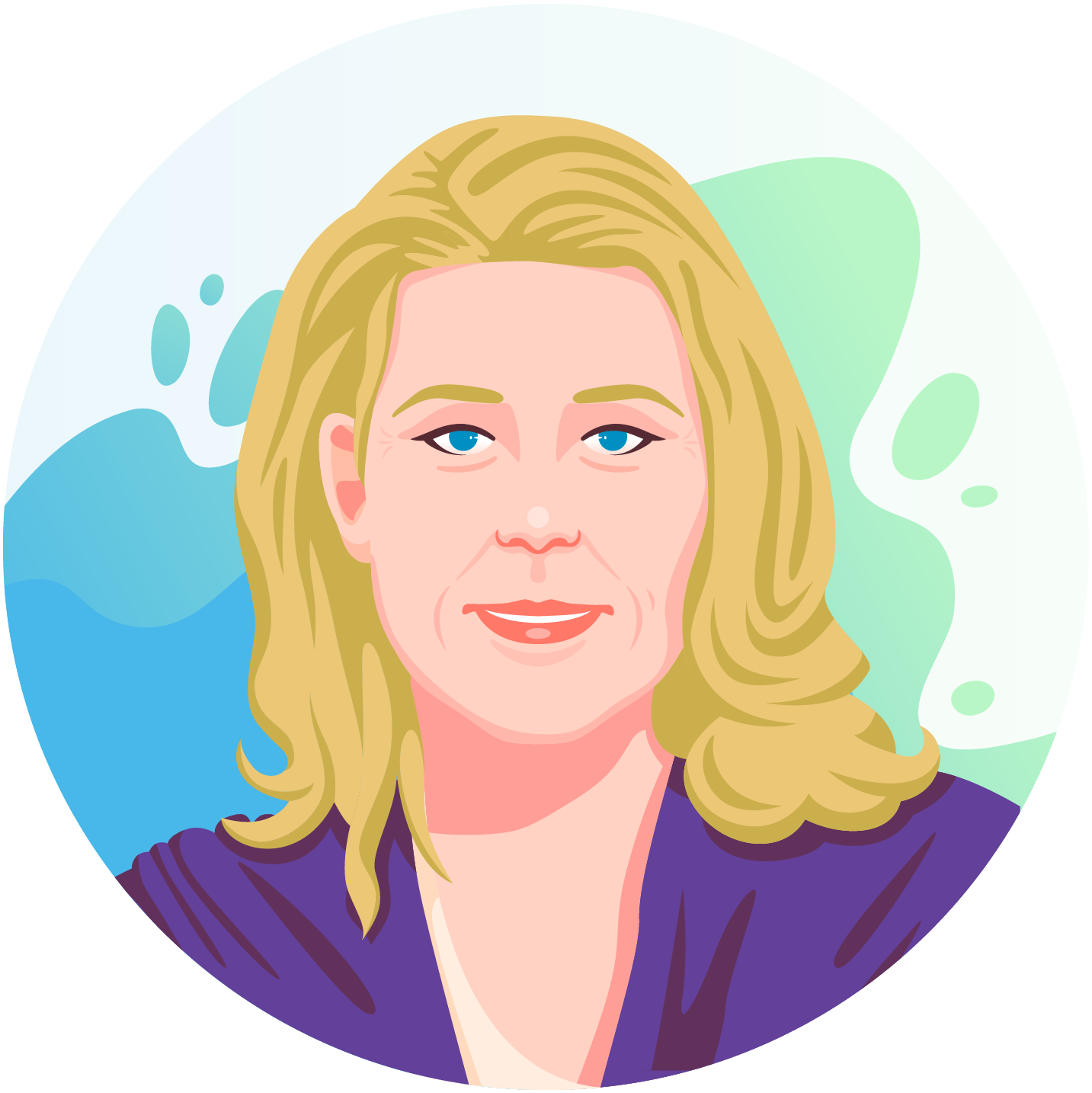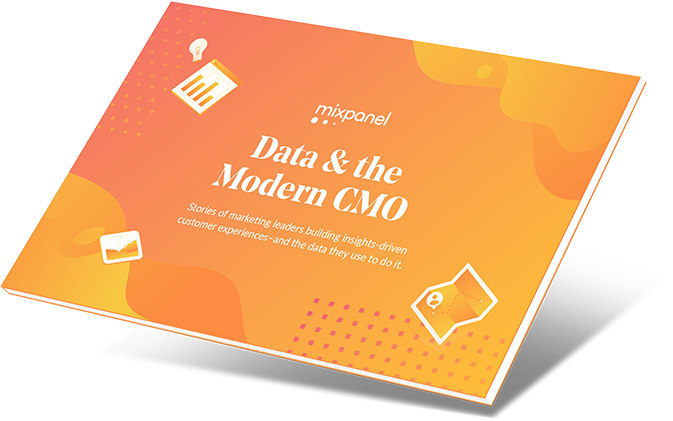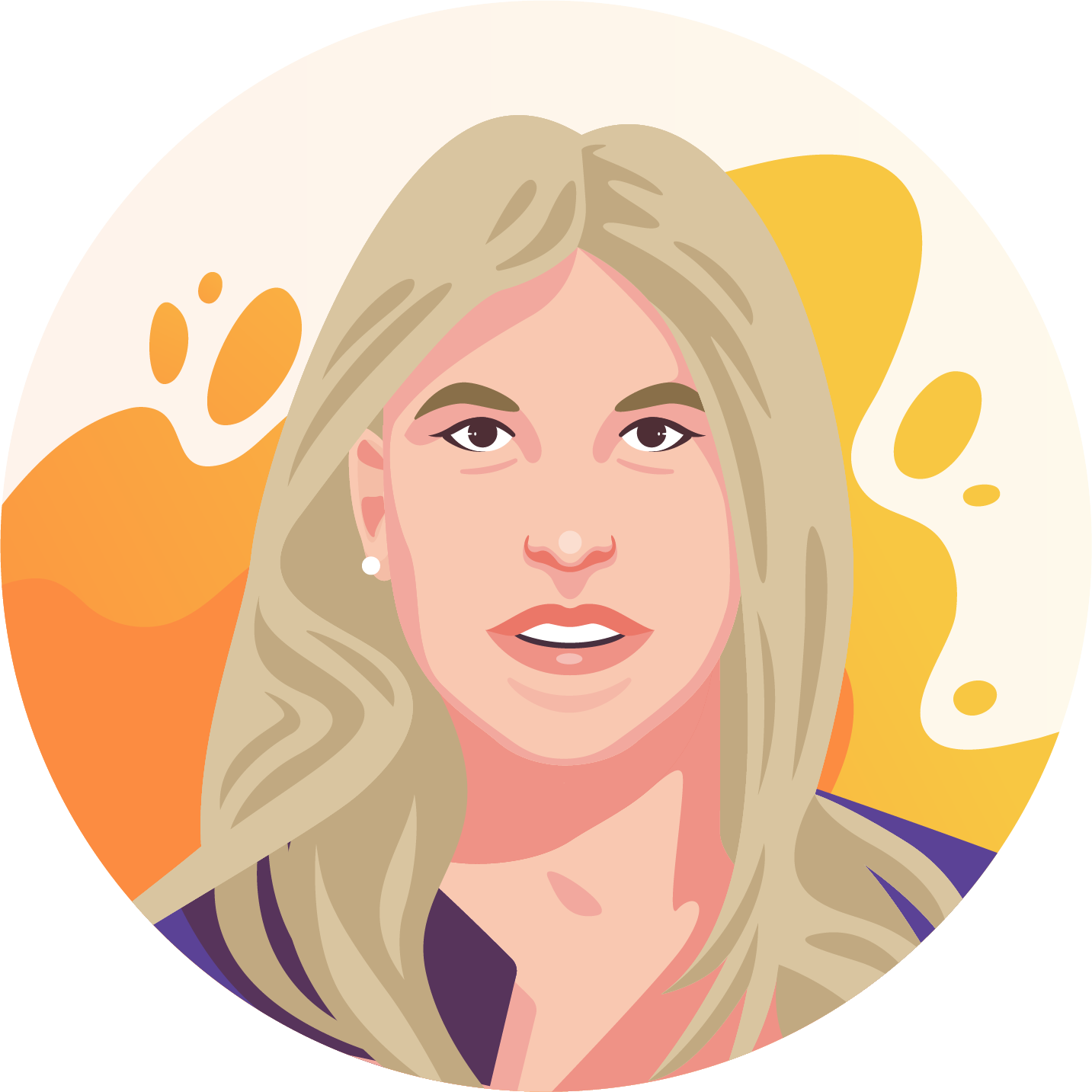SAAS | 8 MIN READ
Turning customers into customers for life
Siddharth Taparia is not afraid of thinking long-term. As the SVP and Head of Marketing Transformation at SAP, he heads up strategic partner marketing and oversees SAP’s Marketing strategy & transformation. That means that he has a keen interest in how users interact with SAP offline and online through its website and apps. In his role, there are any number of ways he could approach it. He could try to drive certain user funnels, he could try to increase the number of new users into the site on the presumption that they’ll grow the sales funnel, or he could try to build an ecosystem of content that appeals to a specific and targeted audience.
On some level, he has to do all of those things. But biggest challenge he faces is answering the question: how do we turn customers into customers for life? This question is perhaps notable for what it is not. It’s not “How do we reduce churn? Or “How do we increase retention?” As Siddharth says, the big question is “How do we get people to enter into a business relationship with us, a multinational B2B SaaS business, that, forgive the cliche, will stand the test of time?”
These are the kinds of questions that any marketer might have, but they’re particularly vital for software subscription businesses. At a multinational B2B SaaS business, “knowing your customer” involves knowing 378,000 customers across 180 countries, which, even for the most extroverted person, seems unreasonable. But it’s something they’ve managed as a company. It’s how they continue to keep customers coming back for more. So how do they do it?
“How do we get people to enter into a business relationship with us, a multinational B2B SaaS business, that, forgive the cliche, will stand the test of time?”











